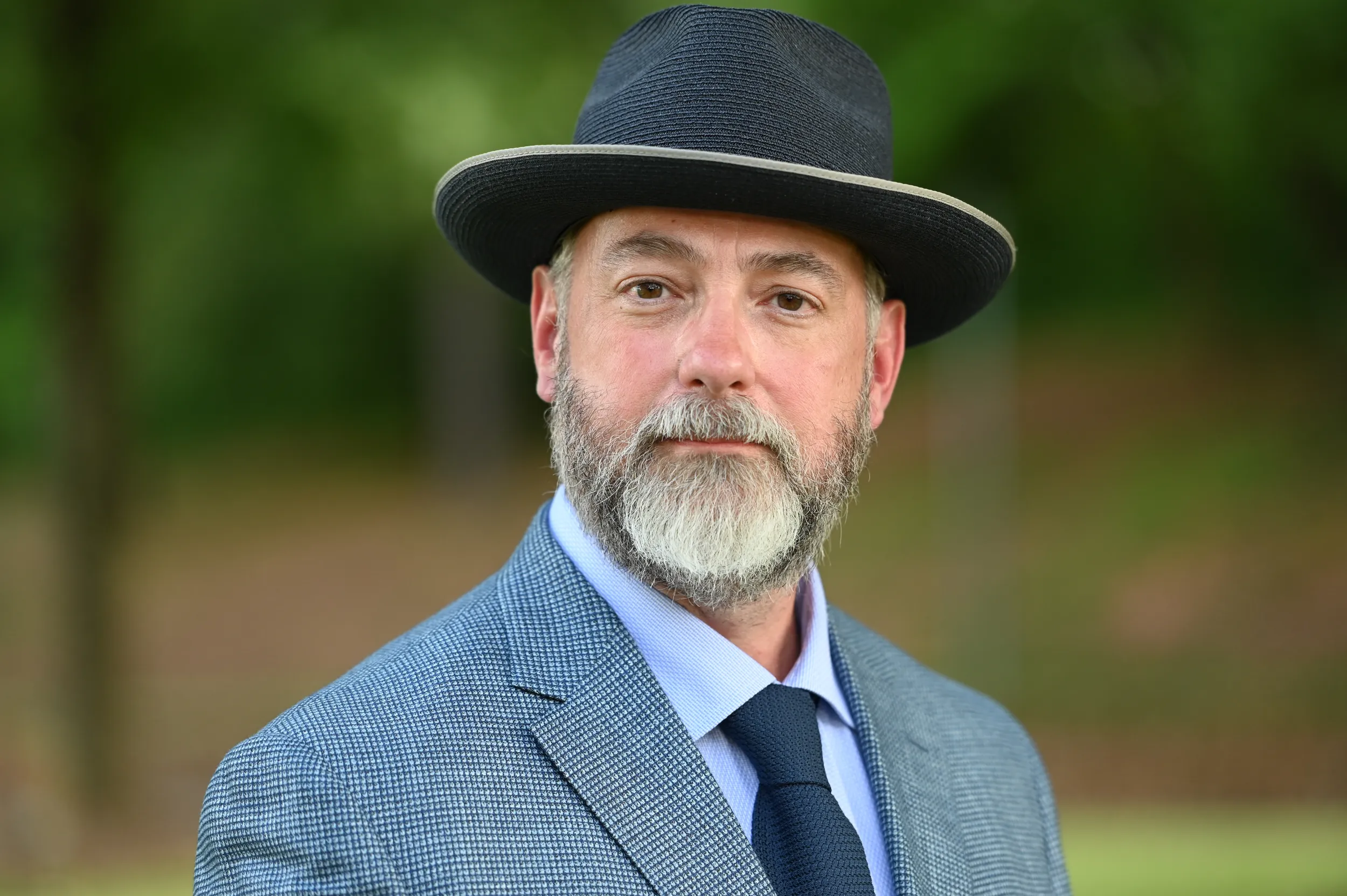GUEST: This is my grandfather's on my mother's side, H. Dwayne Stratton. He was a pilot when he was 17 in World War II, and he flew over Europe. He did bombing raids over there, and I inherited it.
APPRAISER: How long ago did you acquire this?
GUEST: Well, I mean, I've had it for about ten years, but, I mean, I've seen it since I was a little kid. And I probably put it on when I was in high school, but I never wore it out of the house.
APPRAISER: This is what we call an A2 flight jacket. They we were worn by the Army aviators starting in the 1930s. They've reinvented these, starting in the, the 1980s. They're wearing them again, but this is a World War II example. From the contract label that we see in here, we're able to learn an awful lot of information about the coat. We know, for example, that it was made by the Dubow Company in Chicago. And, in fact, the contract number you can trace to their fourth and final contract, which started in June of 1944.
GUEST: Oh, okay.
APPRAISER: So, collectors will collect them by contract, but this one's a little better than even just a regular A2. We love the fact that on the front here we've got his name. We've got the insignia. Do you know what that insignia is?
GUEST: It was the 8th Air Group, or Air...
APPRAISER: He... that's exactly right. He was in the 8th Air Force, which flew out of England doing strategic bombing missions over Germany and occupied Europe in World War II. But beyond that, even, just as it is, it's a good item. It's even better in the case of your grandfather because he had it painted, which turns them from a jacket into a work of art. They're all unique works of art, and they have different levels of interest, depending on how good the artwork is on the back. And this is one of the better ones. We've got the silver letters with the blue shading. He's got a silver B-17 on there. It's a spectacular coat. One of the things that you brought in was a yearbook, which told us that he was in the 490th Bomb Group.
GUEST: Mm-hmm.
APPRAISER: Interesting about the 490th, they started their operational history flying out of England at about the same time that Dubow got the contract to make these jackets. They started running bombardment missions over Germany in June of 1944.
GUEST: Mm-hmm.
APPRAISER: They supported D-Day. They also flew missions in support of the troops, doing interdiction of German supplies during the Battle of the Bulge. It was a good group that had, oh, I believe, over 150 operational missions and lost 22 aircraft. We see a photograph here, too. Do you know which one of these gentlemen was your grandfather?
GUEST: He's got the lieutenant mark on his hat there, right there.
APPRAISER: And he was a pilot?
GUEST: Uh-huh. Yeah, and he trained here in Oklahoma. And then they sent him over to England, I guess, so...
APPRAISER: These guys started out in B-24 Liberators in June of '44. And then, in August of 1944, they converted to B-17s, Boeing Flying Forts. That's what he's posing in front of there, which is a G-model Flying Fortress. And that's also a Flying Fortress, which is... which is on the back of his leather flight jacket. The value is in the beauty of the artwork. Just a standard A2 is a good thing; a painted A2 is a very good thing. This particular jacket would have a retail value between $2,000 and $2,500.
GUEST: Oh, wow. That's really nice to know. That's great. He'd really like that. I really appreciate it.



